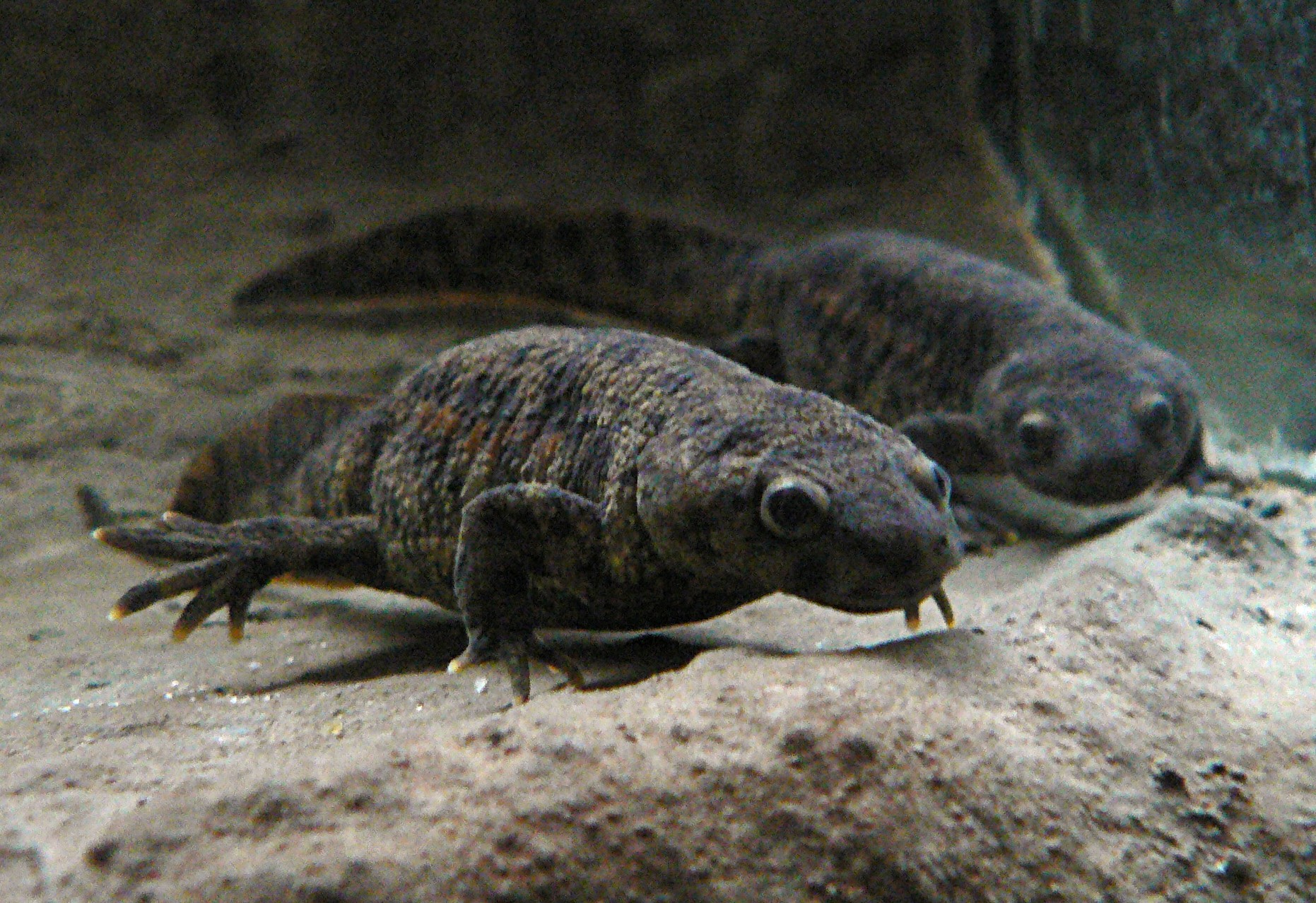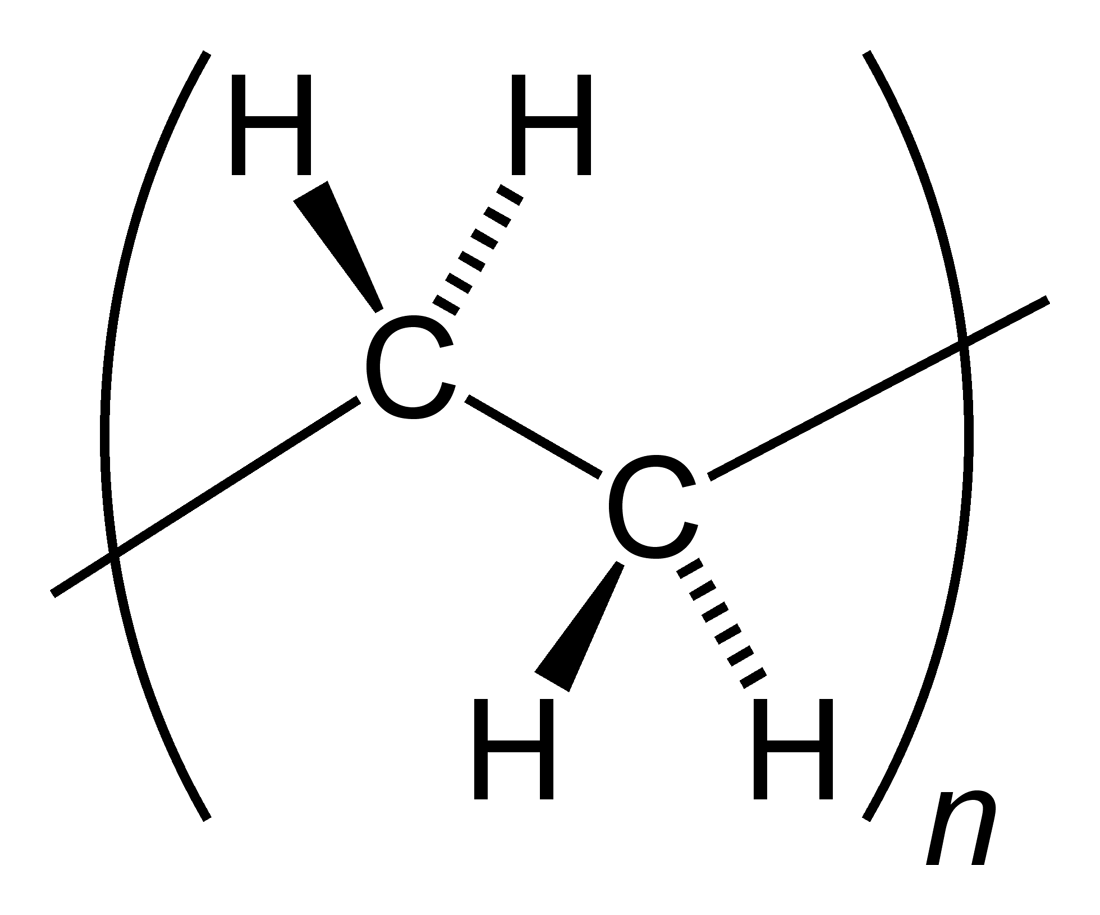|
Newt Fencing
Newt fencing is a barrier designed to control the movement of great crested newts, other amphibians or reptiles. It can also be called drift fencing or temporary amphibian fencing (TAF). It consists of a low fence of plastic sheeting, buried a short way into the ground and supported by lightweight posts, usually made of wood or plastic. It is used to keep animals out of working areas, to keep them in safe areas of their habitat, to intercept migration routes, or to control their movement to facilitate their capture for translocation (wildlife conservation), translocation. It can be used in conjunction with pitfall traps placed at the base of the fence. It is most commonly used in association with building projects to minimise disturbance to protected species. Background Legislation The great crested newt (''Triturus cristatus'') is an amphibian native to the United Kingdom, but is also widespread throughout Northern Europe. While it is relatively common in the UK (in fact the ... [...More Info...] [...Related Items...] OR: [Wikipedia] [Google] [Baidu] |
Newt
A newt is a salamander in the subfamily Pleurodelinae. The terrestrial juvenile phase is called an eft. Unlike other members of the family Salamandridae, newts are semiaquatic, alternating between aquatic and terrestrial habitats. Not all aquatic salamanders are considered newts, however. More than 100 known species of newts are found in North America, Europe, North Africa and Asia. Newts metamorphose through three distinct developmental life stages: aquatic larva, terrestrial juvenile (eft), and adult. Adult newts have lizard-like bodies and return to the water every year to breed, otherwise living in humid, cover-rich land habitats. Newts are threatened by habitat loss, habitat fragmentation, fragmentation and pollution. Several species are endangered, and at least one species, the Yunnan lake newt, has become extinct recently. Etymology The Old English name of the animal was , (of unknown origin), resulting in Middle English ; this word was transformed irregularly into , ... [...More Info...] [...Related Items...] OR: [Wikipedia] [Google] [Baidu] |
Conservation In The United Kingdom
This page gives an overview of the complex structure of environmental and cultural conservation in the United Kingdom. With the advent of devolved government for Scotland, Wales and Northern Ireland and of evolving regional government for England, the responsibilities for environment and conservation in the United Kingdom have become more complicated. There follows a list of the legislation, conservation bodies (both governmental and otherwise), and conservation designations, which work together to conserve and enhance the natural and cultural heritage of the UK. A list of 'objects of conservation' provides further links. Legislation Some of the key legislation which governs conservation issues in the UK. This list is not exhaustive. * Ancient Monuments and Archaeological Areas Act 1979 * Badgers Act 1991 *Countryside and Rights of Way Act 2000 * Environment Act 1995 *Environmental Protection Act 1990 * Environment (Wales) Act 2016 *National Parks and Access to the Countryside ... [...More Info...] [...Related Items...] OR: [Wikipedia] [Google] [Baidu] |
Amphibians Of Europe
Amphibians are ectothermic, anamniotic, four-limbed vertebrate animals that constitute the class Amphibia. In its broadest sense, it is a paraphyletic group encompassing all tetrapods, but excluding the amniotes (tetrapods with an amniotic membrane, such as modern reptiles, birds and mammals). All extant (living) amphibians belong to the monophyletic subclass Lissamphibia, with three living orders: Anura (frogs and toads), Urodela ( salamanders), and Gymnophiona ( caecilians). Evolved to be mostly semiaquatic, amphibians have adapted to inhabit a wide variety of habitats, with most species living in freshwater, wetland or terrestrial ecosystems (such as riparian woodland, fossorial and even arboreal habitats). Their life cycle typically starts out as aquatic larvae with gills known as tadpoles, but some species have developed behavioural adaptations to bypass this. Young amphibians generally undergo metamorphosis from an aquatic larval form with gills ... [...More Info...] [...Related Items...] OR: [Wikipedia] [Google] [Baidu] |
Newts
A newt is a salamander in the subfamily Pleurodelinae. The terrestrial juvenile phase is called an eft. Unlike other members of the family Salamandridae, newts are semiaquatic, alternating between aquatic and terrestrial habitats. Not all aquatic salamanders are considered newts, however. More than 100 known species of newts are found in North America, Europe, North Africa and Asia. Newts metamorphose through three distinct developmental life stages: aquatic larva, terrestrial juvenile (eft), and adult. Adult newts have lizard-like bodies and return to the water every year to breed, otherwise living in humid, cover-rich land habitats. Newts are threatened by habitat loss, fragmentation and pollution. Several species are endangered, and at least one species, the Yunnan lake newt, has become extinct recently. Etymology The Old English name of the animal was , (of unknown origin), resulting in Middle English ; this word was transformed irregularly into , , or . The initial ... [...More Info...] [...Related Items...] OR: [Wikipedia] [Google] [Baidu] |
Joint Nature Conservation Committee
The Joint Nature Conservation Committee (JNCC) is the public body that advises the Government of the United Kingdom and devolved administrations on UK-wide and international nature conservation. Originally established under the Environmental Protection Act 1990, JNCC was reconstituted by the Natural Environment and Rural Communities Act 2006. JNCC is led by the Joint Committee, which brings together members from the nature conservation bodies for England, Scotland, Wales and Northern Ireland and independent members appointed by the Secretary of State for the Environment, Food and Rural Affairs under an independent chair. Support is provided to the committee by a company set up and controlled by the Committee solely for that purpose. The company employs around 130 people. They bring together scientific and technical expertise, extensive knowledge of policy at global, European and national levels and skills in working with other organisations. Staff are based in offices in Peterb ... [...More Info...] [...Related Items...] OR: [Wikipedia] [Google] [Baidu] |
Amphibian And Reptile Tunnel
Amphibian and reptile tunnels, also known as herp tunnels, are a type of wildlife crossing that is positioned beneath a roadway. The tunnels allow amphibians and reptiles to cross roads without the risk of being crushed by a vehicle. They have been used by toads, frogs and salamanders. The tunnels are used to get to their Big Night, a mass courtship ritual which is known as a salamander congress. In areas that do not have tunnels, municipalities enlist volunteers to hand-carry reptiles across roadways. Some governments in the United States and Europe build herp tunnels which are large enough to accommodate reptiles like turtles. Snakes also use tunnels to cross roads. History In the United States, the first amphibian tunnels were the Henry Street salamander tunnels. The tunnels were built in 1987 and they are in Amherst, Massachusetts. After the success of the Henry Street tunnels, the state of California built salamander tunnels under roads. In Davis, California a tunnel was b ... [...More Info...] [...Related Items...] OR: [Wikipedia] [Google] [Baidu] |
Ecologist
Ecology () is the natural science of the relationships among living organisms and their environment. Ecology considers organisms at the individual, population, community, ecosystem, and biosphere levels. Ecology overlaps with the closely related sciences of biogeography, evolutionary biology, genetics, ethology, and natural history. Ecology is a branch of biology, and is the study of abundance, biomass, and distribution of organisms in the context of the environment. It encompasses life processes, interactions, and adaptations; movement of materials and energy through living communities; successional development of ecosystems; cooperation, competition, and predation within and between species; and patterns of biodiversity and its effect on ecosystem processes. Ecology has practical applications in fields such as conservation biology, wetland management, natural resource management, and human ecology. The word ''ecology'' () was coined in 1866 by the German scientist Ern ... [...More Info...] [...Related Items...] OR: [Wikipedia] [Google] [Baidu] |
Geotextile
Geotextiles are versatile permeable fabrics that, when used in conjunction with soil, can effectively perform multiple functions, including separation, filtration, reinforcement, protection, and drainage. Typically crafted from polypropylene or polyester, geotextile fabrics are available in two primary forms: woven, which resembles traditional mail bag sacking, and nonwoven, which resembles felt. Geotextile composites have been introduced and products such as geogrids and meshes have been developed. Geotextiles are durable and are able to soften a fall. Overall, these materials are referred to as geosynthetics and each configuration—geonets, geosynthetic clay liners, geogrids, geotextile tubes, and others—can yield benefits in geotechnical engineering, geotechnical and environmental engineering design. History Geotextiles were originally intended to be a substitute for granular soil filters. Geotextiles can also be referred to as ''filter fabrics''. In the 1950s, R.J. Barr ... [...More Info...] [...Related Items...] OR: [Wikipedia] [Google] [Baidu] |
Polythene
Polyethylene or polythene (abbreviated PE; IUPAC name polyethene or poly(methylene)) is the most commonly produced plastic. It is a polymer, primarily used for packaging (plastic bags, plastic films, geomembranes and containers including bottles, cups, jars, etc.). , over 100 million tonnes of polyethylene resins are being produced annually, accounting for 34% of the total plastics market. Many kinds of polyethylene are known, with most having the chemical formula (C2H4)''n''. PE is usually a mixture of similar polymers of ethylene, with various values of ''n''. It can be ''low-density'' or ''high-density'' and many variations thereof. Its properties can be modified further by crosslinking or copolymerization. All forms are nontoxic as well as chemically resilient, contributing to polyethylene's popularity as a multi-use plastic. However, polyethylene's chemical resilience also makes it a long-lived and decomposition-resistant pollutant when disposed of improperly. Being a h ... [...More Info...] [...Related Items...] OR: [Wikipedia] [Google] [Baidu] |
UV Stabilizers In Plastics
Ultraviolet radiation, also known as simply UV, is electromagnetic radiation of wavelengths of 10–400 nanometers, shorter than that of visible light, but longer than X-rays. UV radiation is present in sunlight and constitutes about 10% of the total electromagnetic radiation output from the Sun. It is also produced by electric arcs, Cherenkov radiation, and specialized lights, such as mercury-vapor lamps, tanning lamps, and black lights. The photons of ultraviolet have greater energy than those of visible light, from about 3.1 to 12 electron volts, around the minimum energy required to ionize atoms. Although long-wavelength ultraviolet is not considered an ionizing radiation because its photons lack sufficient energy, it can induce chemical reactions and cause many substances to glow or fluoresce. Many practical applications, including chemical and biological effects, are derived from the way that UV radiation can interact with organic molecules. These interacti ... [...More Info...] [...Related Items...] OR: [Wikipedia] [Google] [Baidu] |
Department For Environment, Food And Rural Affairs
The Department for Environment, Food and Rural Affairs (Defra) is a Departments of the Government of the United Kingdom, ministerial department of the government of the United Kingdom. It is responsible for environmental quality, environmental protection, food production and standards, agriculture, fisheries and rural communities in the entire United Kingdom. Memorandum of understanding, Concordats set out agreed frameworks for cooperation, between it and the Scottish Government, Welsh Government and Northern Ireland Executive, which have devolved responsibilities for these matters in their respective nations. Defra also leads for the United Kingdom on agricultural, fisheries and environmental matters in international negotiations on sustainable development and climate change, although a new Department of Energy and Climate Change was created on 3 October 2008 to take over the last responsibility; later transferred to the Department for Business, Energy and Industrial Strategy ... [...More Info...] [...Related Items...] OR: [Wikipedia] [Google] [Baidu] |






